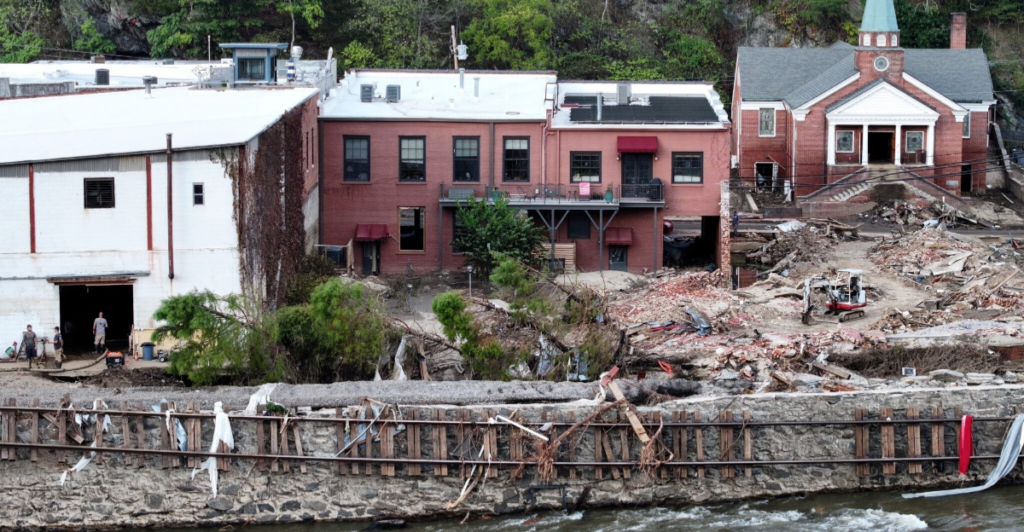
When disasters strike—hurricanes, floods, wildfires—we count on FEMA to help pick up the pieces. But here’s what most people don’t know: FEMA also had a program that helped communities prepare for these disasters in the first place, before the damage was done. Now, that lifeline is being quietly pulled. With billions in climate resilience projects at risk, entire ecosystems—and the people who live in them—could be left dangerously exposed. Here’s what’s happening, and why it matters more than ever.
What Was BRIC—and Why Its Sudden End Matters
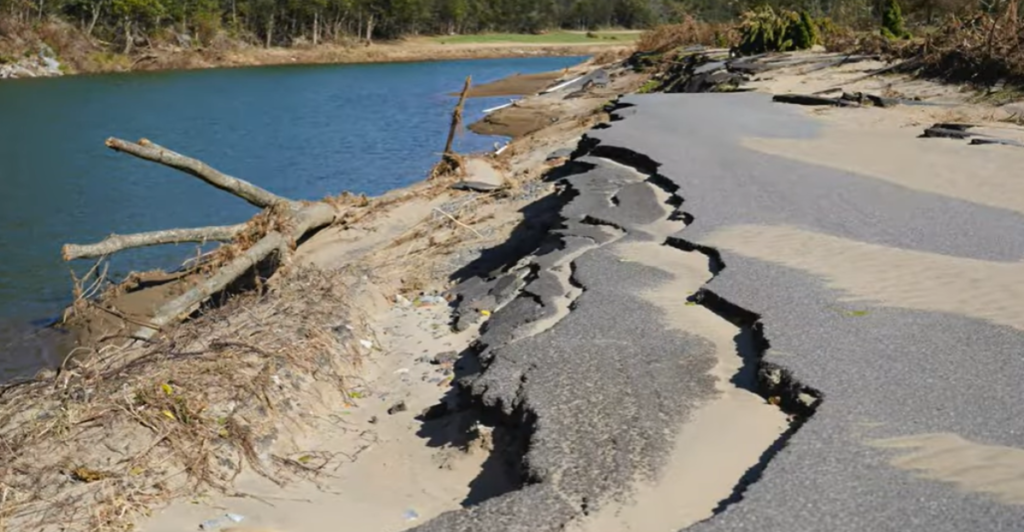
FEMA’s Building Resilient Infrastructure and Communities (BRIC) program wasn’t just a funding mechanism—it was a lifeline for communities fighting climate-related disasters with nature itself. In early 2024, FEMA terminated BRIC without warning, canceling all applications from 2020 to 2023 and redirecting billions in undisbursed funds.
Unlike traditional infrastructure projects, BRIC supported green resilience: restoring wetlands to control floods, planting forests to reduce wildfire risks, and rebuilding coastal ecosystems to buffer storm surges. By assigning economic value to natural defenses, BRIC gave underserved communities a way to secure long-term protection without costly gray infrastructure.
With the program now gone, hundreds of projects are left in limbo—many of which were designed to shield ecosystems that are already reaching ecological tipping points. The decision is a sharp pivot away from proactive climate strategy and a blow to both science-based policy and environmental justice.
Policy Revolution: BRIC’s 2020 Shift Changed Everything

In 2020, FEMA’s BRIC program made a landmark policy change, removing restrictive cost-benefit requirements that once favored concrete-heavy infrastructure. Through Policy FP-108-024-02, nature-based solutions like wetlands, floodplains, and forests could now qualify for funding based on long-term ecosystem benefits—flood mitigation, carbon storage, and biodiversity.
This recalibration opened the door for more resilient, sustainable projects. By FY2022, 52% of funded BRIC projects included NBS; in FY2023, it rose to 57%. BRIC also prioritized rural and underserved areas—69% of FY2022 NBS projects benefited economically disadvantaged rural communities.
This marked a dramatic shift in how the federal government viewed ecosystems: not as scenery, but as infrastructure. BRIC’s cancellation in 2025 risks undoing this progress just as momentum was building.
A Decade of Progress Reversed in a Single Move

FEMA’s ecosystem service valuation model didn’t appear overnight. It evolved from over a decade of scientific, legal, and interagency effort. As early as 2013, FEMA began incorporating ecosystem services into its benefit-cost analyses.
By 2016, the agency had broadened the definition of eligible ecosystem services to include carbon sequestration, habitat protection, and more. Then came the 2020 milestone policy (FP-108-024-02), which eliminated technical barriers for communities lacking resources to conduct advanced economic modeling. BRIC embodied this evolution, linking disaster resilience with conservation science.
The cancellation isn’t just about money—it signals a return to a disaster response model that treats environmental systems as afterthoughts. This decision undermines FEMA’s credibility and could discourage future cross-agency collaboration with NOAA, EPA, and the U.S. Forest Service, all of which had partnered with BRIC on integrated climate strategies.
Nature That Pays for Itself: Forests and Wetlands by the Numbers
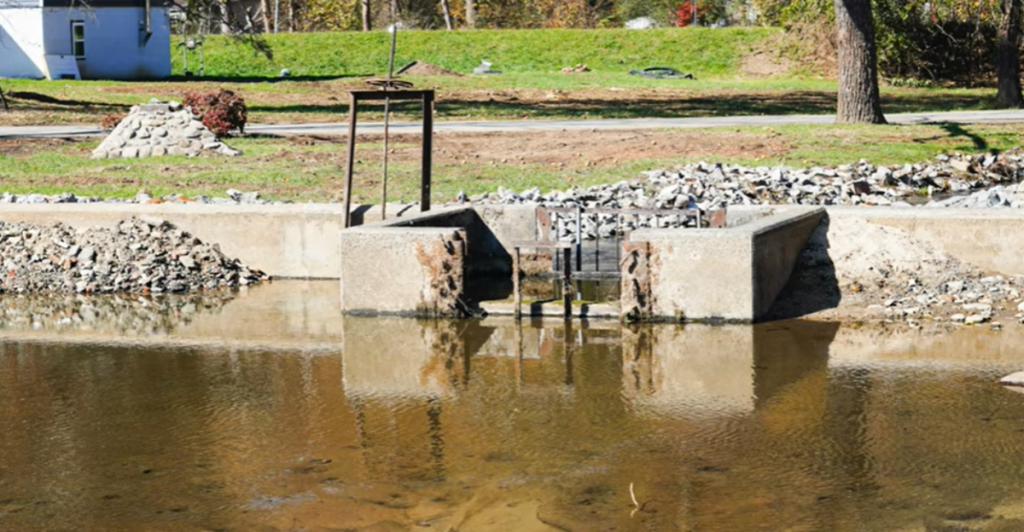
FEMA’s 2022 Ecosystem Service Value updates revealed forests can deliver over $4,000 per acre annually in combined benefits—flood mitigation, carbon storage, water purification, and recreation. Coastal wetlands are even more powerful, reducing storm surge by 15–60% and offering up to $23,000 per acre in risk reduction benefits.
These aren’t just theoretical gains. BRIC required rigorous modeling, simulations, and FEMA-approved benefit-cost analyses to validate nature-based solutions. Case studies show these systems often outperformed traditional infrastructure, offering longer lifespans and lower maintenance.
BRIC’s removal strips communities of the tools and funding to pursue these cost-effective options. Without it, the U.S. risks defaulting to outdated, concrete-heavy approaches that ignore the science—and the savings—natural infrastructure provides.
Hundreds of Projects Canceled—What’s at Risk?

When FEMA ended the BRIC program, it halted funding for hundreds of resilience projects under review between 2020 and 2023. While the exact number isn’t confirmed, FEMA redirected $882 million in unallocated funds—implying widespread disruption.
These projects included forest thinning, floodplain reconnections, and wetland restoration—many already vetted through scientific modeling and community engagement. Though specific claims like $90 million for Louisiana marshes or canceled efforts in Alaska and Florida remain unverified, similar projects were in progress.
BRIC prioritized shovel-ready designs and NEPA-reviewed plans, ensuring rapid deployment. Experts warn that canceling these climate-ready investments weakens community defenses against future disasters and delays cost-saving, nature-based solutions just as extreme weather intensifies.
Will This Trigger an Ecological Domino Effect?
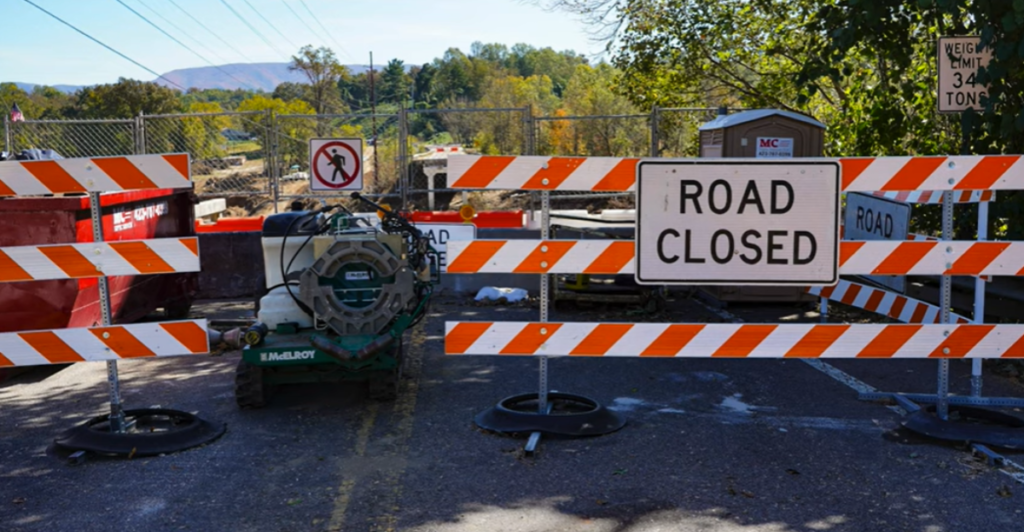
Yes—and the science supports that concern. Ecosystems don’t fail in isolation. When coastal wetlands erode, inland areas lose their first line of defense against hurricanes. When forests burn without replanting or thinning, water quality declines, species are displaced, and invasive pests thrive. Without BRIC, FEMA has abandoned one of the few programs that accounted for these interdependencies.
Many canceled projects were designed with ecological connectivity in mind—like wildlife corridors that help species migrate or riparian buffers that link river systems. The collapse of one project often leads to a cascade of ecological failures.
A shelved shoreline stabilization project, for example, might lead to saltwater intrusion that damages agricultural lands, disrupts fisheries, and ruins freshwater marshes. And once ecosystem tipping points are crossed, restoration becomes exponentially more difficult and expensive.
Who’s Hit Hardest? Marginalized Communities Pay the Price

FEMA’s BRIC program prioritized equity, offering up to 90% federal cost-share, technical aid, and tailored scoring to support disadvantaged communities. Its cancellation strips support from rural, Black, Indigenous, and low-income areas already facing outsized climate risks.
While specific claims like halted projects in the Gullah-Geechee Corridor aren’t directly verified, similar losses in places like Natchitoches, Louisiana, show a troubling pattern. Tribes also lose dedicated funding and simplified access.
FEMA’s broader track record includes disparities in funding access and disaster recovery outcomes, especially for communities of color. By removing BRIC’s equity tools—like adjusted cost-benefit rules and local capacity grants—critics argue FEMA is deepening climate vulnerability for those least equipped to recover.
Short-Term Savings, Long-Term Disasters?
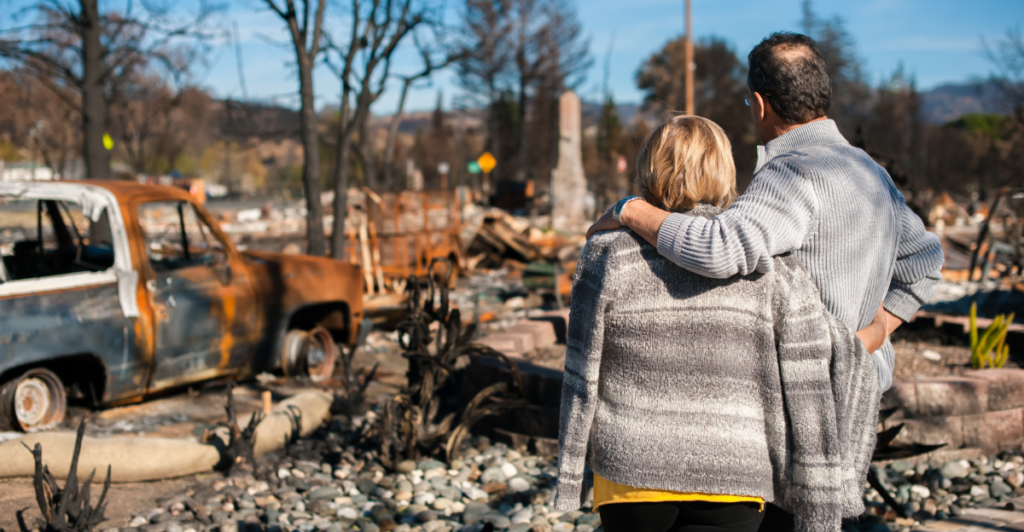
FEMA’s decision may look like fiscal prudence—but it’s a financial time bomb. Studies from the National Institute of Building Sciences show that every $1 spent on hazard mitigation saves $6 in disaster recovery.
For nature-based solutions specifically, the returns can be even higher due to co-benefits like tourism, carbon credits, and reduced healthcare costs. Redirecting BRIC’s undisbursed funds into the general Disaster Relief Fund prioritizes post-disaster spending over proactive risk reduction. That’s like waiting for a car crash to fix your brakes.
In 2023 alone, the U.S. suffered $92 billion in weather-related disasters. Without upfront investment in ecosystem services, those costs will continue to climb. And FEMA’s move also discourages private sector investment in resilience—why partner with the government if the rules change midstream? Ironically, cutting BRIC may make FEMA less financially stable, not more, by fueling an endless—and expensive—cycle of disaster response.
Legal and Environmental Accountability—Did FEMA Violate NEPA?
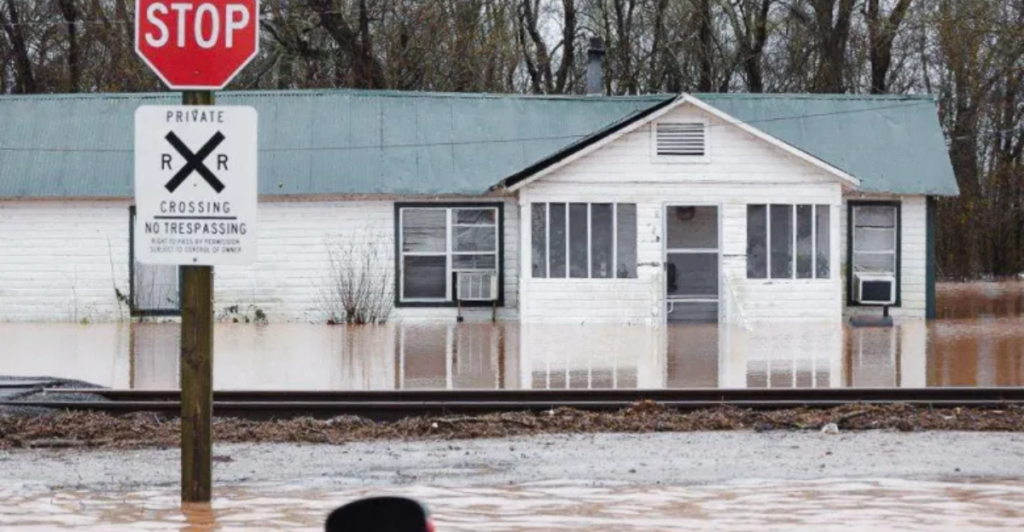
By canceling BRIC, FEMA may have exposed itself to legal challenge under the National Environmental Policy Act (NEPA). The decision eliminates a nationwide program with demonstrable environmental benefits—arguably a “major federal action” under NEPA.
Yet FEMA has offered no Environmental Impact Statement (EIS), no public comment period, and no transparent evaluation of the ecological consequences. NEPA mandates that federal agencies assess both the direct and indirect effects of their actions on the environment. It also requires the consideration of alternatives and mitigation strategies—none of which appear in FEMA’s rollback.
If challenged, this case could set a critical precedent about how far federal agencies can go in reversing environmental programs without oversight. And it raises bigger questions: Who holds agencies accountable when they abandon climate responsibilities?
What Comes Next—and Who Will Lead?

FEMA’s decision to kill BRIC is not just a bureaucratic change—it’s a call to action. State governments, environmental NGOs, and even private companies now face the challenge of replacing a once-transformative program.
Nonprofits are piloting community-driven disaster mitigation models that blend local ecological knowledge with scientific rigor. New funding channels like green bonds, insurance-backed resilience credits, and impact investing may help fill the void. But these efforts need coordination, and they need federal support.
The science backing nature-based resilience hasn’t changed. What’s missing is political will. Advocates must push for a new iteration of BRIC—perhaps one embedded in broader climate legislation—that reinstates FEMA’s role in proactive ecological protection. The future of resilience depends on it, and the ecosystems we rely on won’t wait.
Explore more of our trending stories and hit Follow to keep them coming to your feed!

Don’t miss out on more stories like this! Hit the Follow button at the top of this article to stay updated with the latest news. Share your thoughts in the comments—we’d love to hear from you!







